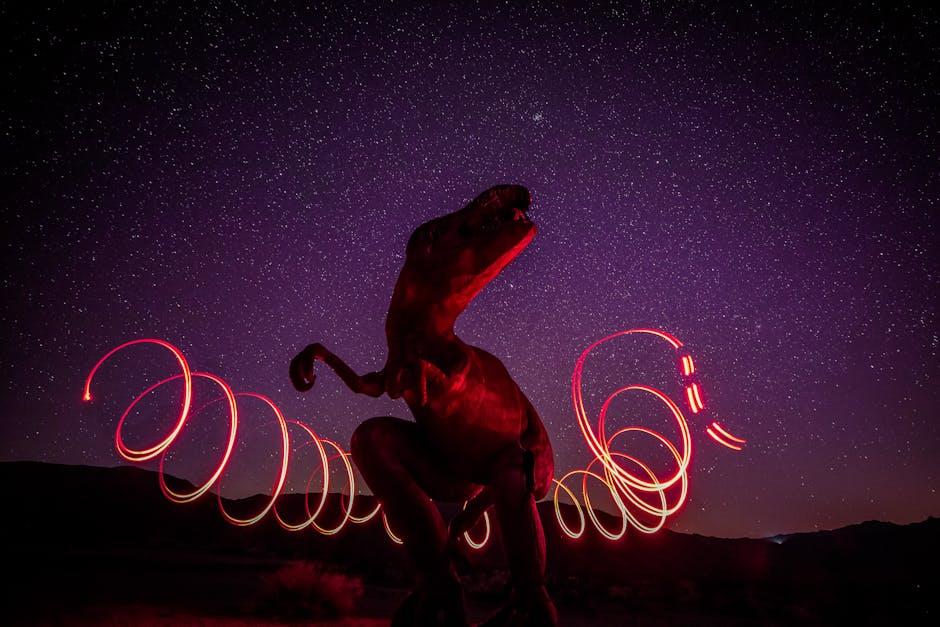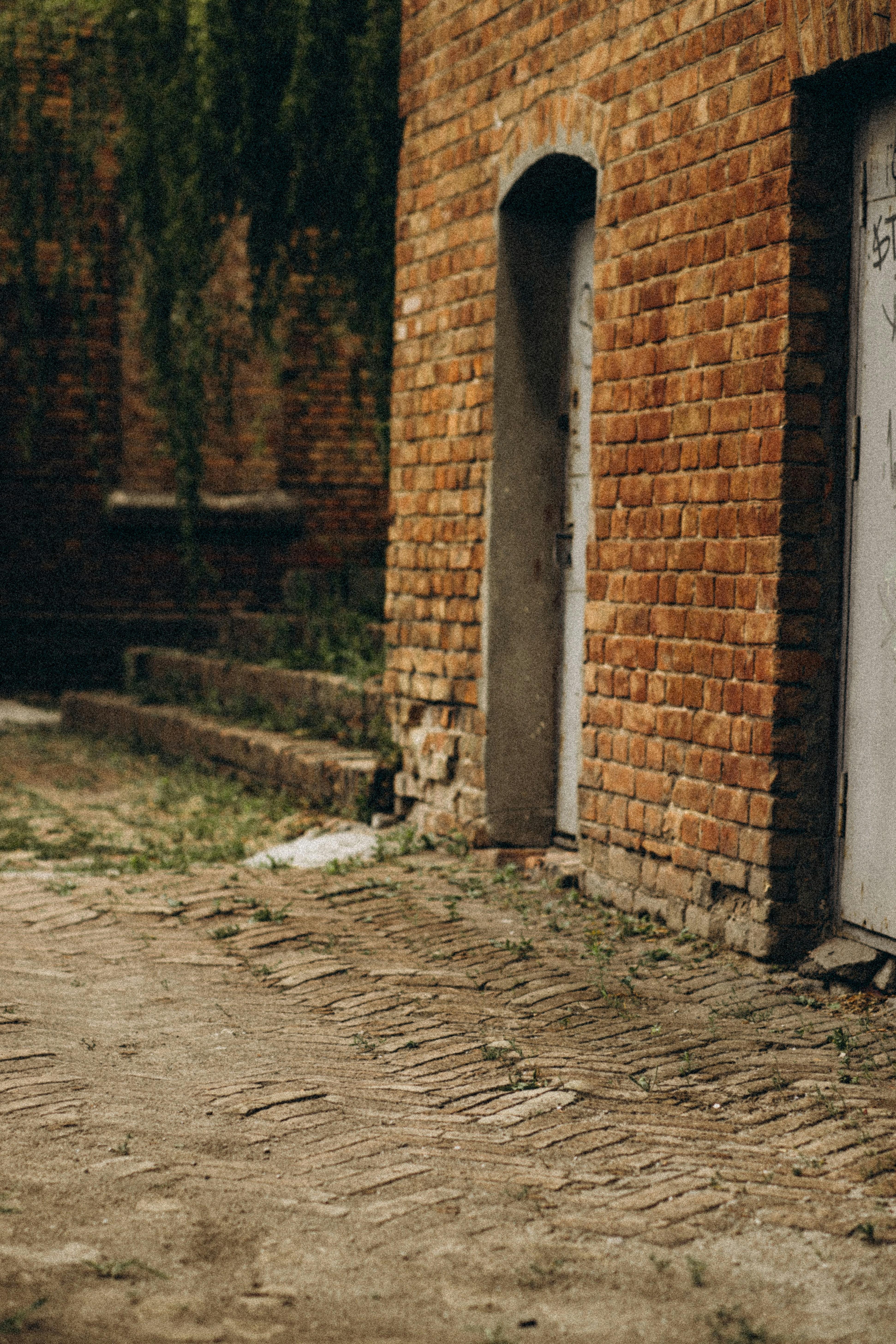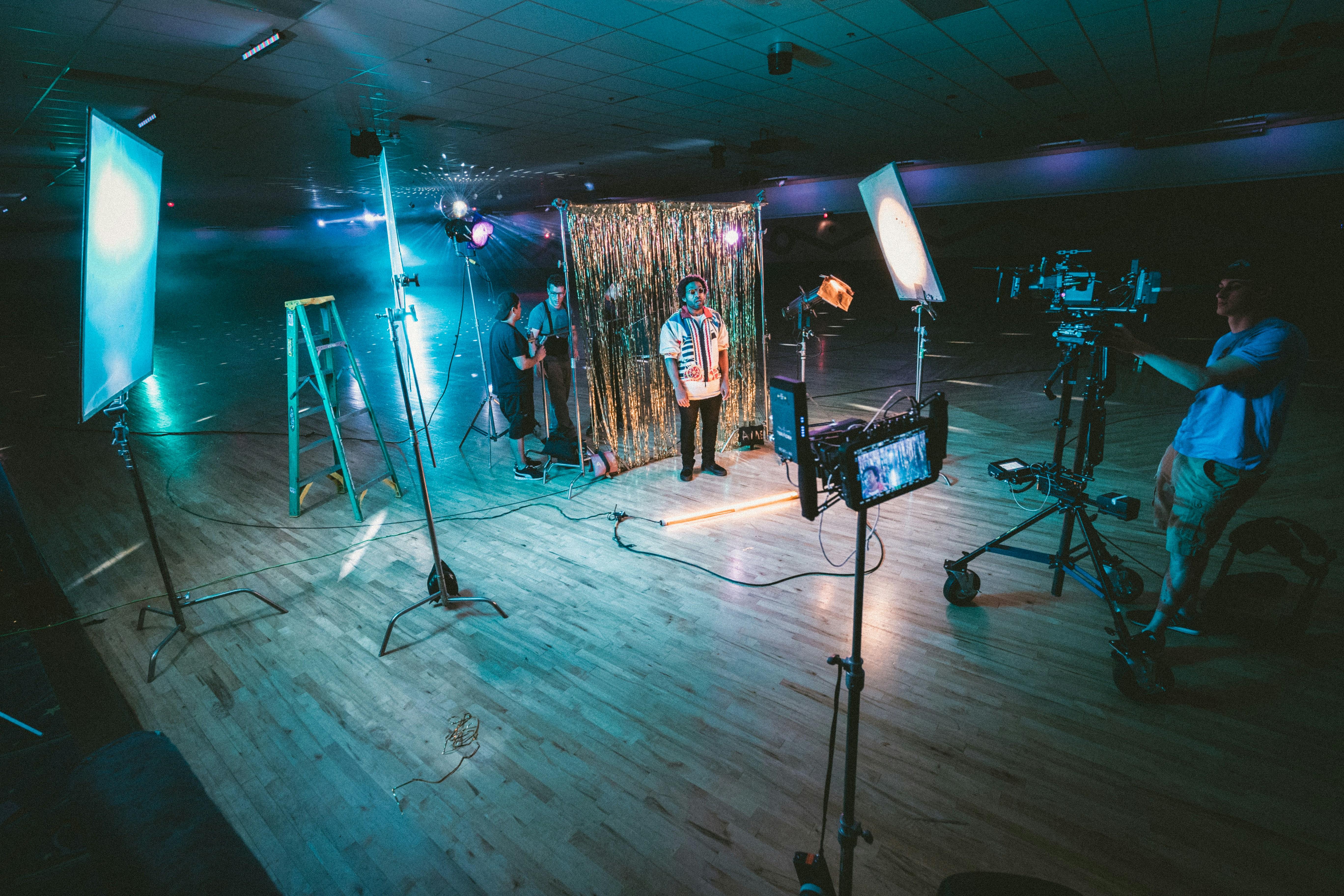In the realm of cinematic storytelling, the art of crafting futuristic worlds transcends mere imagination, blending creativity with technology to transport audiences into the unknown. As the camera rolls, film production teams become modern-day alchemists, transforming sound stages and green screens into vibrant landscapes of tomorrow. This seamless fusion of design, visual effects, and innovative techniques invites viewers to explore universes that challenge the boundaries of reality. Join us as we delve into the intricate processes and visionary minds that bring these futuristic realms to life, revealing the magic behind the silver screen’s most captivating odysseys.
Crafting the Unseen: Building Futuristic Landscapes
In the realm of cinematic innovation, the art of designing futuristic worlds involves a blend of imagination and technical prowess. Film production teams employ a myriad of techniques to transport audiences to realms yet unseen. The process begins with conceptual design, where artists sketch the initial visions of otherworldly landscapes. These sketches serve as blueprints, guiding the creation of intricate sets that blur the line between reality and fantasy.
- Virtual Reality Previsualization: Using VR technology, directors and designers can walk through digital environments before a single set piece is constructed, ensuring every detail aligns with the creative vision.
- Advanced Set Construction: Utilizing materials like lightweight composites and modular components, teams build expansive sets that can be easily reconfigured to represent different environments.
- Augmented Reality Integration: By overlaying digital elements onto physical sets, filmmakers can craft immersive experiences that extend beyond the tangible world.
These techniques, coupled with state-of-the-art CGI, enable filmmakers to push the boundaries of storytelling, crafting worlds that captivate and inspire.
Harnessing Technology: Tools of Tomorrow’s World
- Virtual Reality (VR) Integration: Production teams are increasingly using VR to visualize complex scenes before they are filmed. By immersing directors and crew in a virtual set, they can explore and adjust environments, ensuring every detail aligns with their creative vision.
- Augmented Reality (AR) Enhancements: AR tools allow filmmakers to overlay digital elements onto real-world settings. This technology enables actors to interact with CGI characters or futuristic landscapes in real-time, enhancing the authenticity of their performances.
- 3D Printing for Props: The use of 3D printing technology has revolutionized prop creation, allowing for the rapid production of intricate designs. Filmmakers can produce detailed, customizable elements that were once costly and time-consuming to create.
Embracing these cutting-edge technologies, film production teams craft worlds that blur the line between imagination and reality. These tools not only streamline the filmmaking process but also push the boundaries of what is visually possible, offering audiences an unparalleled cinematic experience.

Designing Reality: The Art of Futuristic Set Creation
In the realm of film production, crafting futuristic worlds involves a delicate blend of imagination and technology. Set designers and art directors work collaboratively to transform visionary concepts into tangible environments. They start by sketching out concept art, which serves as a blueprint for the entire design process. These illustrations help in visualizing the intricate details of the future, from the architecture of towering megacities to the smallest details of alien flora.
The use of cutting-edge materials and technologies is pivotal. 3D printing allows for the creation of complex structures and props that would be impossible to fabricate by hand. LED screens and augmented reality are employed to simulate expansive landscapes and interactive elements. Teams often rely on a blend of traditional craftsmanship and digital innovation to achieve a seamless look. Essential tools and techniques include:
- Virtual Reality (VR) Pre-Visualization: Enables the team to explore and modify set designs before actual construction.
- Modular Set Pieces: Allows for flexibility and adaptability in design, making it easier to reconfigure scenes as needed.
- Sustainable Materials: Focuses on eco-friendly options to reduce the environmental impact of set construction.
By harnessing these tools and techniques, production teams not only build immersive worlds but also push the boundaries of what’s possible in storytelling.

Collaboration in Innovation: Bringing Future Visions to Life
In the realm of film production, creating futuristic worlds requires a seamless blend of imagination and precision. Collaboration is at the heart of this process, where diverse teams work in unison to bring abstract concepts to life. Set designers, visual effects artists, costume designers, and directors come together to build immersive environments that transport audiences to realms beyond the present. By integrating cutting-edge technology with traditional craftsmanship, these teams construct visually stunning landscapes that resonate with viewers.
Key to this collaborative effort is the meticulous planning and open communication among departments. Teams often engage in brainstorming sessions, exchanging ideas and refining concepts to ensure a cohesive vision. Some essential elements include:
- Concept Art: Illustrators craft detailed sketches and digital paintings that serve as blueprints for the set.
- 3D Modeling: Designers create digital models to visualize complex structures and environments.
- Practical Effects: Artists build physical models and props that add tangible depth to the setting.
- Visual Effects Integration: Seamless blending of CGI with live-action footage to enhance realism.
This intricate dance of collaboration ensures that each futuristic world is not only visually compelling but also narratively engaging, capturing the imagination of audiences worldwide.

